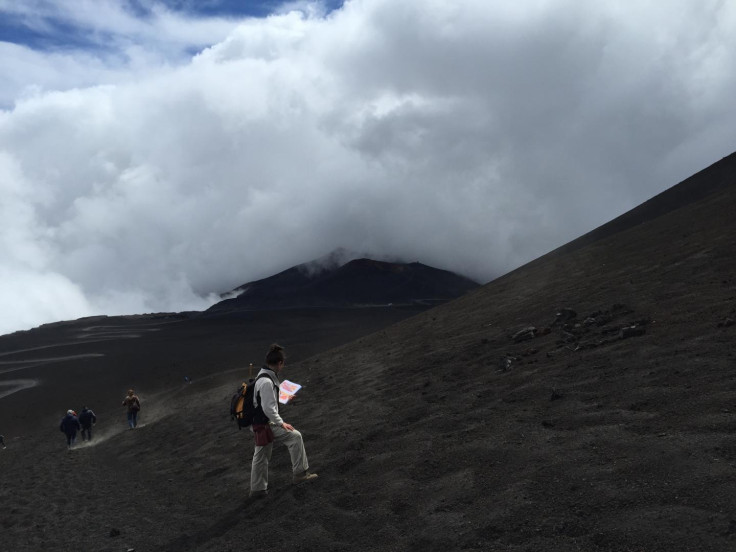These tiny, unremarkable crystals can help to predict volcanic eruptions
Volcanic eruptions are notoriously difficult to predict, but new research could lead to more effective warnings.

Tiny crystals, the size of a grain of salt, which form deep inside volcanoes, may hold the key to predicting when eruptions will happen, according to new research.
Volcanic eruptions are notoriously difficult to predict, but a new study, published in the journal Nature Communications, could lead to more effective warnings which could save lives when disaster strikes.
"This could signal good news for the almost one in 10 people around the world who live within 100km of an active volcano," said Teresa Ubide, a volcanologist from the University of Queensland.
"We haven't yet reached the 'holy grail' of being able to predict volcanic eruptions, but our research is a significant step forward in understanding the processes that lead to eruption."
For the study, researchers examined the composition of tiny crystals which form when molten rock – known as magma – originating as much as 30km below the volcano begins moving upwards towards the surface.
Over the course of this journey, the crystals grow and change in composition which effectively "records" a memory of the geological processes occurring inside the volcano in the time leading up to the eruption.
By analysing this 'memory' – which manifests itself on the crystals in growth layers that look like tree rings – they found that the arrival of new magma at depths of 10km indicated a 90% chance of an eruption occurring within a two week window.
The recent eruptions at Mount Agung in Bali – which forced the evacuation of more than 70,000 people – have highlighted the need for more effective warning systems.
The latest research took place at Mount Etna in Sicily – Europe's most active volcano – although the team plan to further refine their approach in other volcanoes around the world.





















